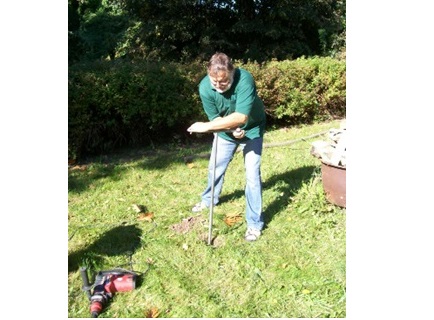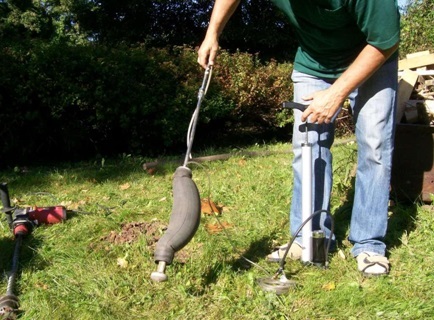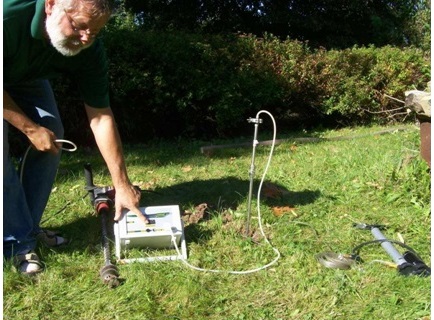7.4.2 Radon measurements
Radon can represent a significant radiation hazard when it is inhaled. Radon can be measured by both passive and active methods. Passive methods include the use of a variety of models of films than can be located at the measurement spots as to be exposed to alpha particles from radon.

Track-etch detectors (passive measurement): When measuring radon emanation from soils, two films are positioned inside cups placed inside impermeable cups that are buried downwards in the soil. The films are separated ca. 10 cm from each other in height position. Since the life time of thoron (220Rn) is very short, its emanation from the soil will reach only the lower film, whereas radon (222Rn) will interact with the two films. The counting of tracks produced in the upper film will reflect the activity of 222Rn, whereas the difference in tracks between the two films will be proportional to the activity of thoron.

Direct Alpha spectrometry measurements: Instantaneous measurements can be made by in-situ alpha spectrometry using semiconductor detectors arranged in a chamber through which the air is pumped. Different procedures allow the measurement of radon in air, activity of APM particles or soil emanations. The use of tubes inserted in soil allow measuring the emanation at different depths.


